Techniques for Perfect Colombian Empanadas Every Time
11 min read Discover essential techniques to craft authentic Colombian empanadas with perfect crust and flavorful fillings every time. June 24, 2025 03:05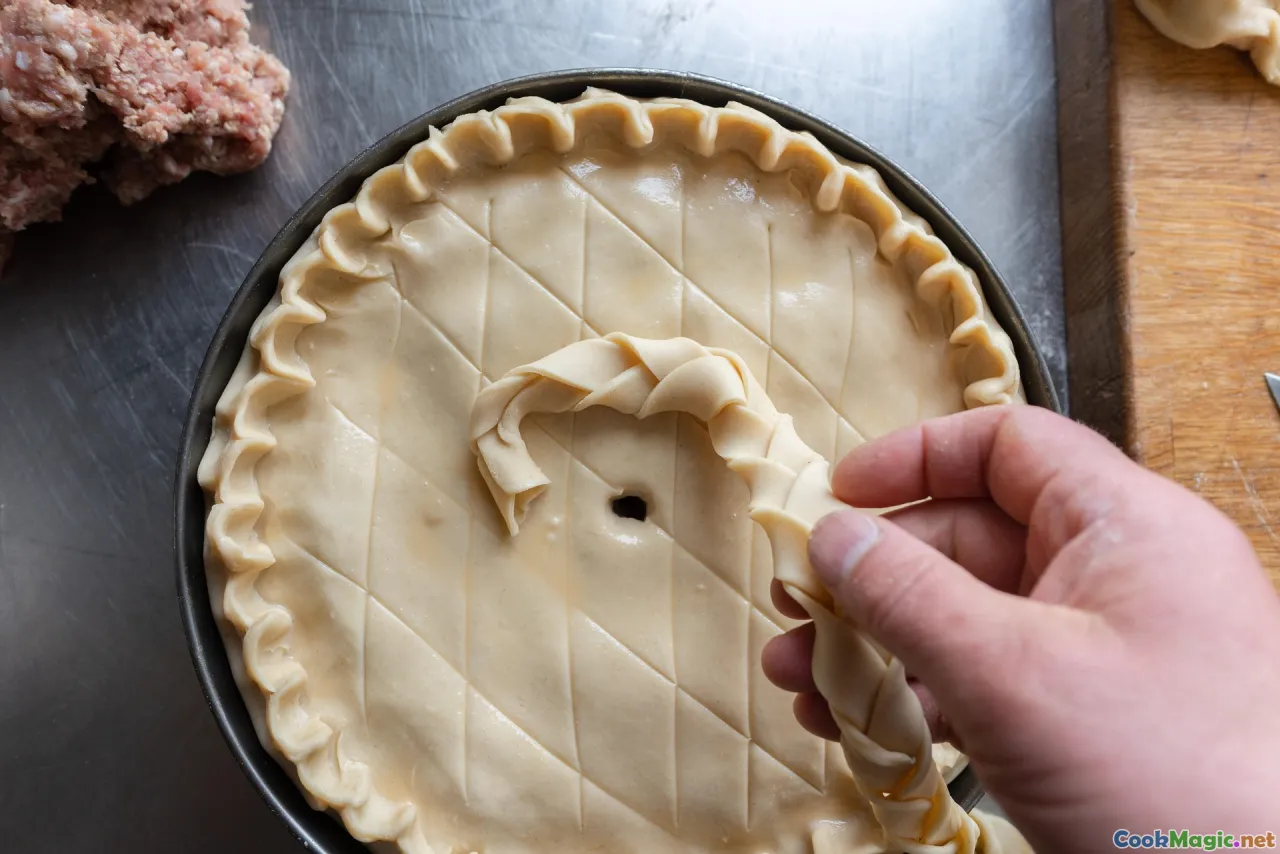
Techniques for Perfect Colombian Empanadas Every Time
Few culinary delights evoke the rich tapestry of Colombian culture quite like a freshly baked empanada. With their crispy golden exterior, savory filling, and irresistible aroma that wafts through bustling markets or quiet family kitchens, empanadas are more than just a snack—they're a soulful expression of Colombian identity. Preparing authentic empanadas with perfection demands an appreciation for tradition, a nose for flavor, and a keen eye for technique. Whether you're a seasoned chef or a curious foodie, mastering these techniques will elevate your empanada game and bring a taste of Colombia into your own kitchen.
Embracing the Cultural Heart: The Story Behind Colombian Empanadas

Before diving into the how-to, let's honor the vibrant history woven into every hand-folded empanada. Rooted in indigenous, Spanish, and African influences, Colombian empanadas vary regionally—from the hearty, cheese-filled empanadas of Antioquia to the small, crispy street snacks enjoyed along the Caribbean coast. In Caldas, you might find empanadas of yellow corn dough filled with spicy beef, while in Cundinamarca, potato-based variants take center stage.
These pockets of flavor are more than just a dish; they are stories of migration, trade, and community. For Colombians, preparing empanadas is a shared ritual—passed down across generations—stitched into family memories, neighborhood festivities, and holiday celebrations. Understanding this cultural context sets a foundation for mastering their technique with respect and authenticity.
Selecting the Perfect Dough: The Heart of Your Empanada
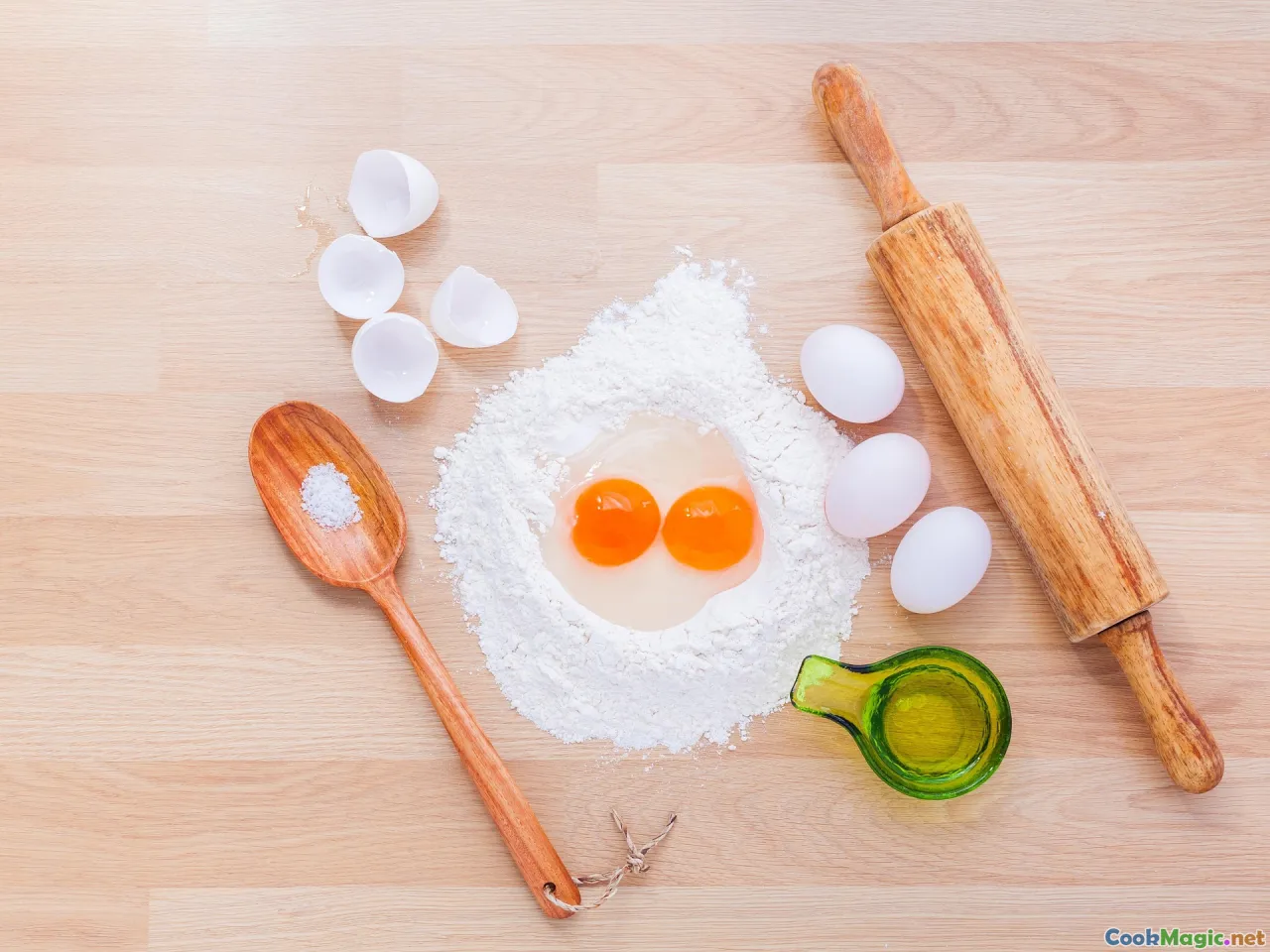
The integrity of your empanada begins with the dough. Colombian empanadas are primarily made with either wheat flour or yellow cornmeal, depending on regional tradition. The type of dough influences texture, flavor, and crispiness.
Choosing Your Base
Cornmeal Dough: For a truly authentic Colombian experience, opt for yellow cornmeal—preferably pre-cooked—such as harina de maíz precocida. Its granular texture and rich corn flavor give empanadas an unmistakable rustic appeal. To make the dough:
- Mix 2 cups of cornmeal with about 1 1/2 cups of hot water.
- Add a pinch of salt, and knead until the dough is firm but pliable.
- Incorporate a tablespoon of butter or lard for moisture and a tender crust.
This dough results in a crispy exterior with a hearty, crumbly bite. For gluten-free versions, this is your ideal choice.
Wheat Flour Dough: Alternatively, a softer, bread-like dough can be prepared with enriched wheat flour—use 2 cups of flour combined with a pinch of salt, a tablespoon of sugar, and 1/4 cup of butter or oil. Slowly add cold water until the dough reaches a smooth, elastic consistency. Let it rest covered for 20–30 minutes. This variation offers a tender crust that blends well with savory fillings.
Resting the Dough
Allowing your dough to rest wrapped in a moist towel is crucial. It relaxes gluten strands, making rolling easier and preventing shrinkage during frying or baking. A rested dough also results in a more even, flaky texture.
Preparing the Flavorful Fillings
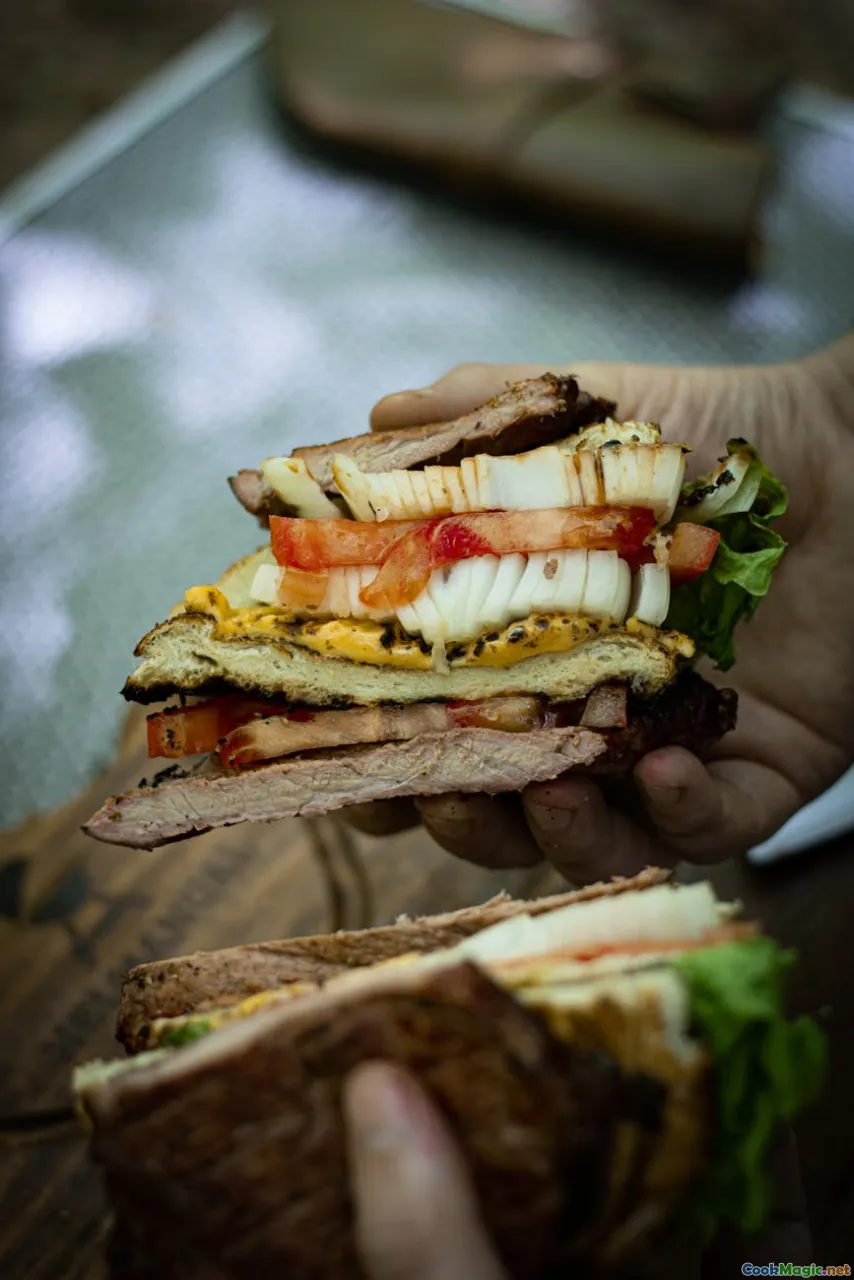
The soul of an empanada lies within its filling. Colombian fillings are diverse—meaty, cheesy, or vegetable-based—but the hallmark is their bold, well-seasoned flavors.
Classic Beef and Potatoes
A popular traditional filling involves shredded beef, potatoes, onions, garlic, and cumin. Here's how to prepare it:
- Sauté chopped onions and minced garlic in a tablespoon of oil until fragrant.
- Add ground or shredded beef, season with salt, pepper, cumin, and a touch of oregano.
- Once browned, incorporate diced potatoes (pre-cooked or roasted), allowing their mild sweetness to complement the savory meat.
- Finish with chopped cilantro and squeeze of lime for freshness.
Cheese and Vegetable Variants
For a vegetarian option, blend locally bought cheeses like queso costeño or mozzarella with sautéed vegetables like bell peppers, onions, or spinach. Season lightly with salt and pepper.
Enhancing Flavor Depth
Use achiote (annatto) oil for a vibrant red hue and a slightly smoked aroma. Infuse your fillings with sliced ají peppers or a splash of Colombian cultural spirit—like aguardiente—for an authentic flavor boost.
Crafting the Perfect Fold and Seal
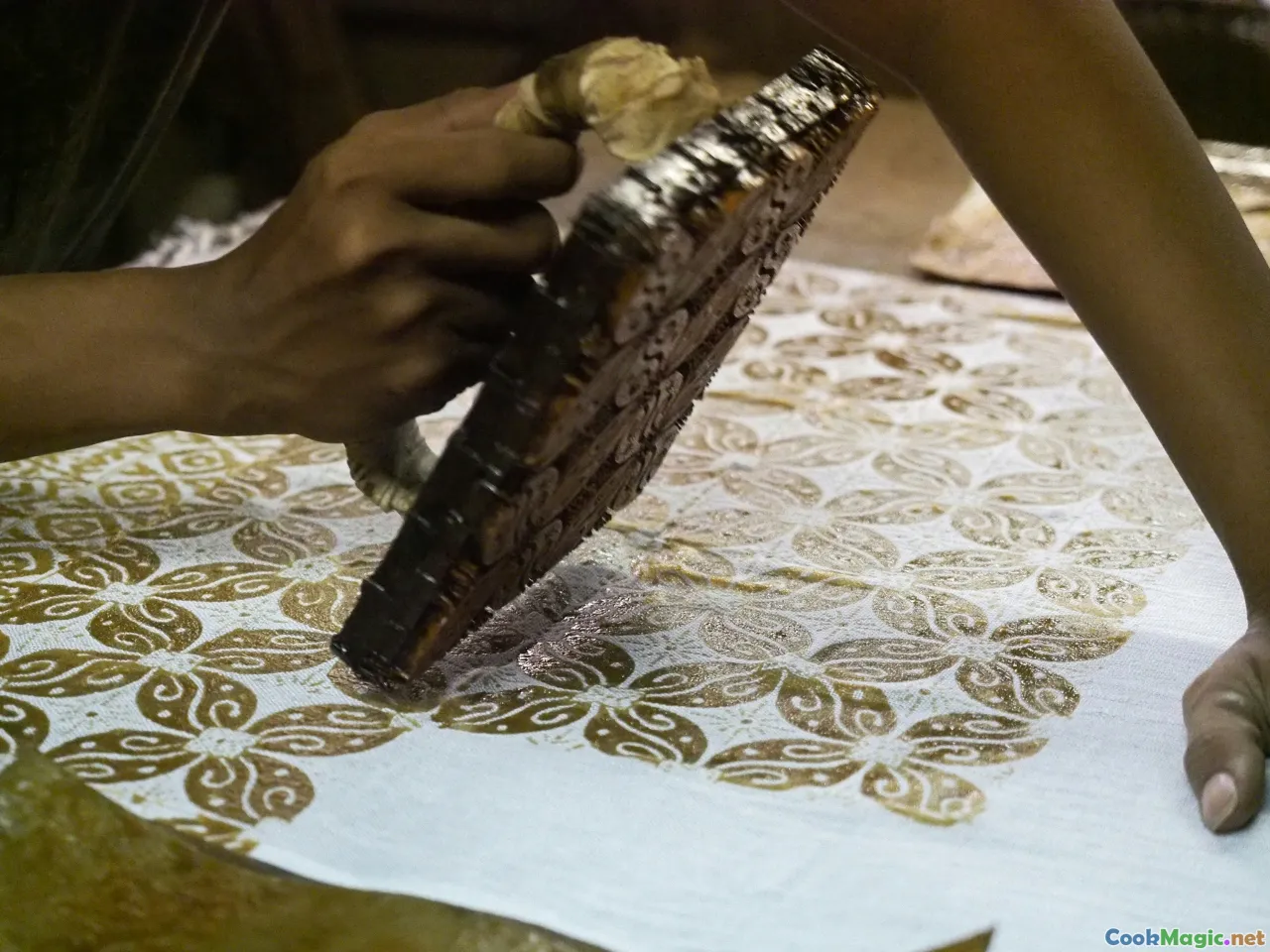
A beautifully folded empanada isn't just aesthetically pleasing—it ensures a tight seal to prevent filling leakage during frying or baking. The folding technique varies across regions, with some preferring a half-moon shape while others opt for a more intricate pinched design.
Step-by-Step Folding
- Place a spoonful of filling directly in the center of your flattened dough circle.
- Fold the dough over to create a crescent shape.
- Pinch the edges together firmly, creating a continuous seal.
- For extra security, use a fork to crimp along the edge.
Tips for Seal Perfection
- Keep the filling cold; warm filling can make dough more fragile.
- Dampen edges with a little water or beaten egg to help seal.
- Consider adding a decorative flourish, such as small pleats, which aids in sealing and adds visual charm.
Mastering the Cooking Technique
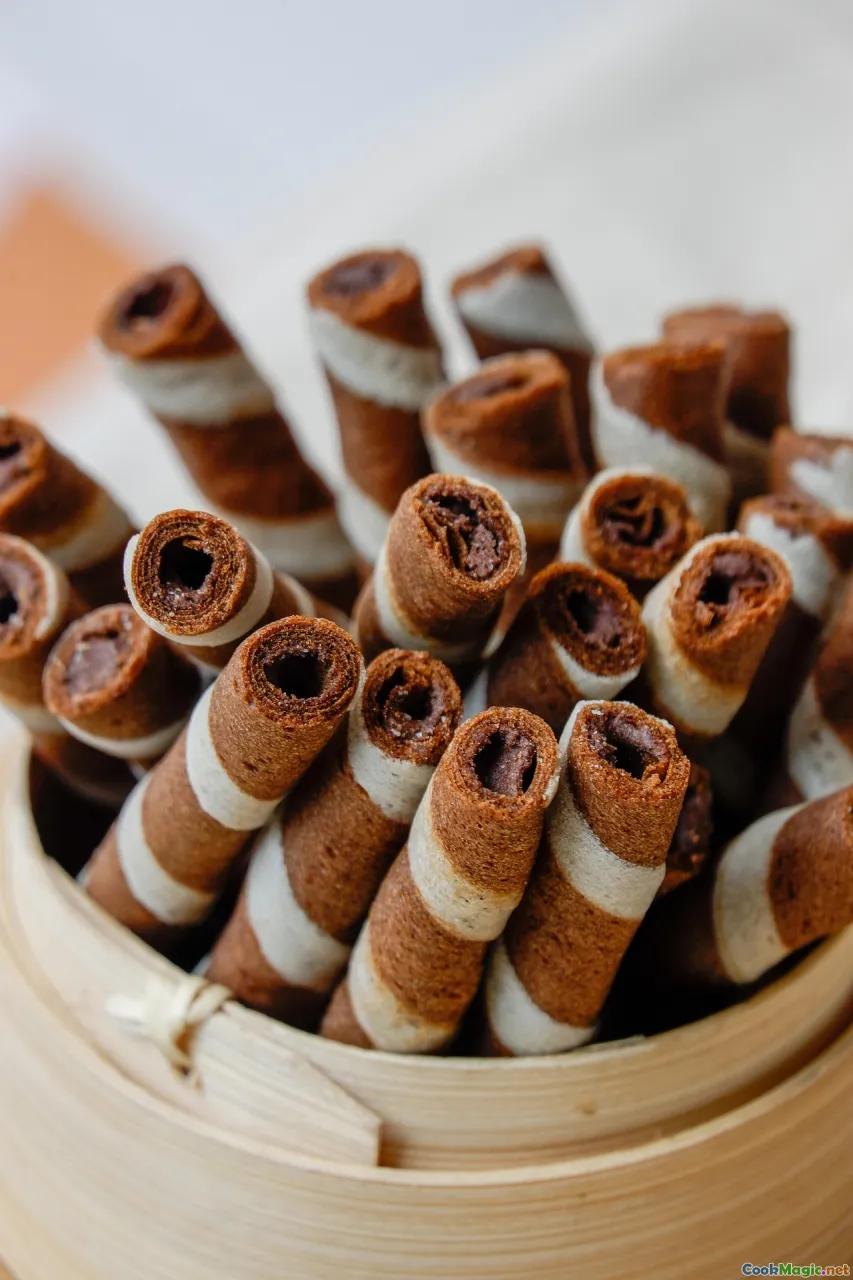
The final step truly defines the texture of your empanadas: frying or baking.
Deep-Frying for Crispy Perfection
Most traditional Colombian empanadas are deep-fried for that signature crispy, golden crust.
- Use a neutral oil like vegetable, canola, or sunflower oil, heated to about 350°F (175°C).
- Fry the empanadas in small batches to avoid oil temp drops, turning constantly with tongs.
- Cook until they develop an even golden hue—about 4–6 minutes.
- Drain on paper towels to remove excess oil.
Pro Tip: For an extra crunchy crust, lightly coat the empanadas with egg wash or breadcrumbs before frying.
Baking for a Healthier Option
Baking yields a softer, golden finish, better suited for those watching their oil intake.
- Preheat your oven to 400°F (200°C).
- Brush empanadas with egg wash for a glossy look.
- Bake on a lined baking sheet for 20–25 minutes, turning halfway.
The baking method produces a delicate crust with a less greasy bite—a modern twist on tradition.
Serving and Accompanying Traditions
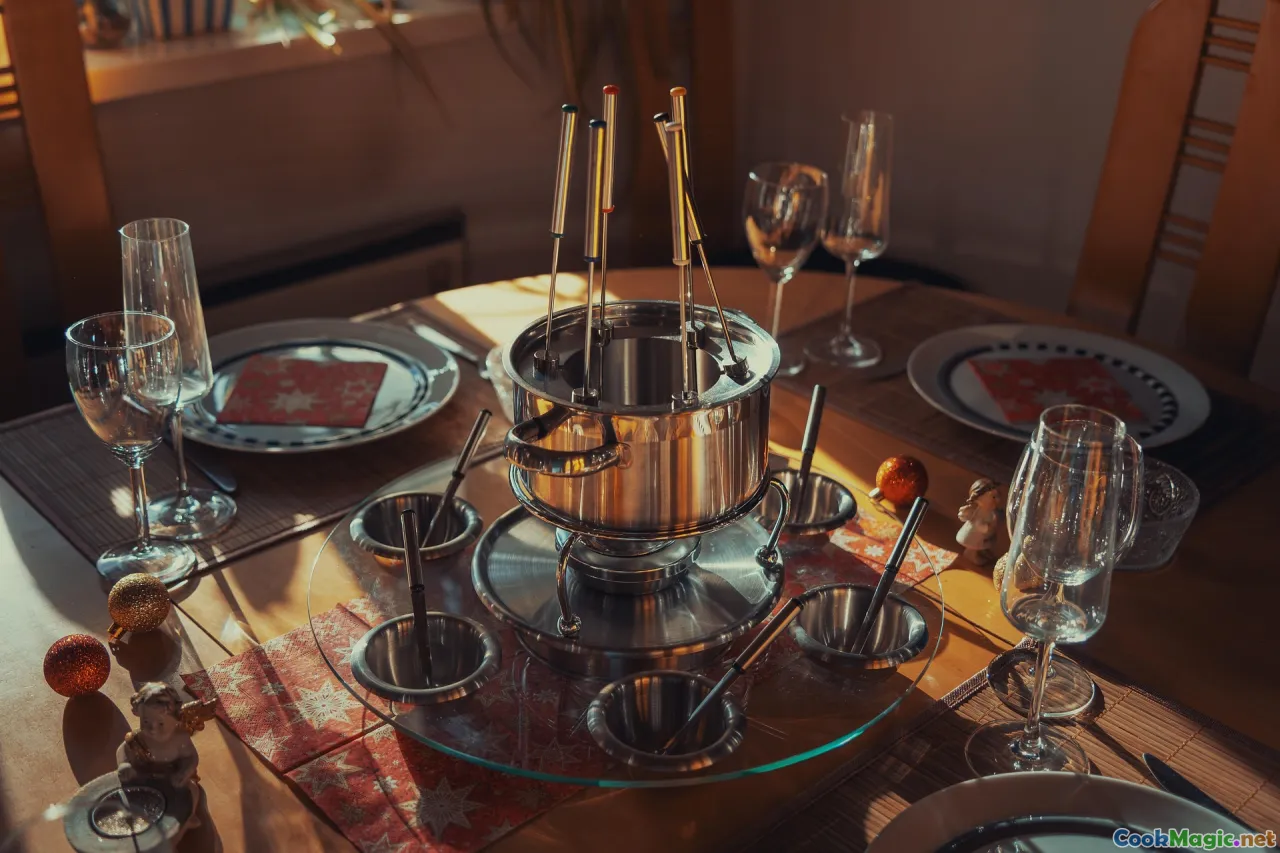
No empanada is complete without the right accompaniment. Traditional Colombians love them with freshly made ají—a tangy, spicy sauce of lime, chopped cilantro, onions, and chili peppers—or a side of guacamole and pickled vegetables.
Empanadas are often enjoyed with a glass of aguardiente or cold inblack Colombian sodas. Sharing empanadas during family gatherings or street festivals turns a simple snack into a heartfelt communal experience.
For breakfast, it’s common to pair empanadas with a cup of café con leche—rich, dark coffee cut with milk. During holidays like Día de las Empanadas, communities come together to showcase diverse fillings and techniques, celebrating Colombia’s culinary diversity.
Troubleshooting Common Issues
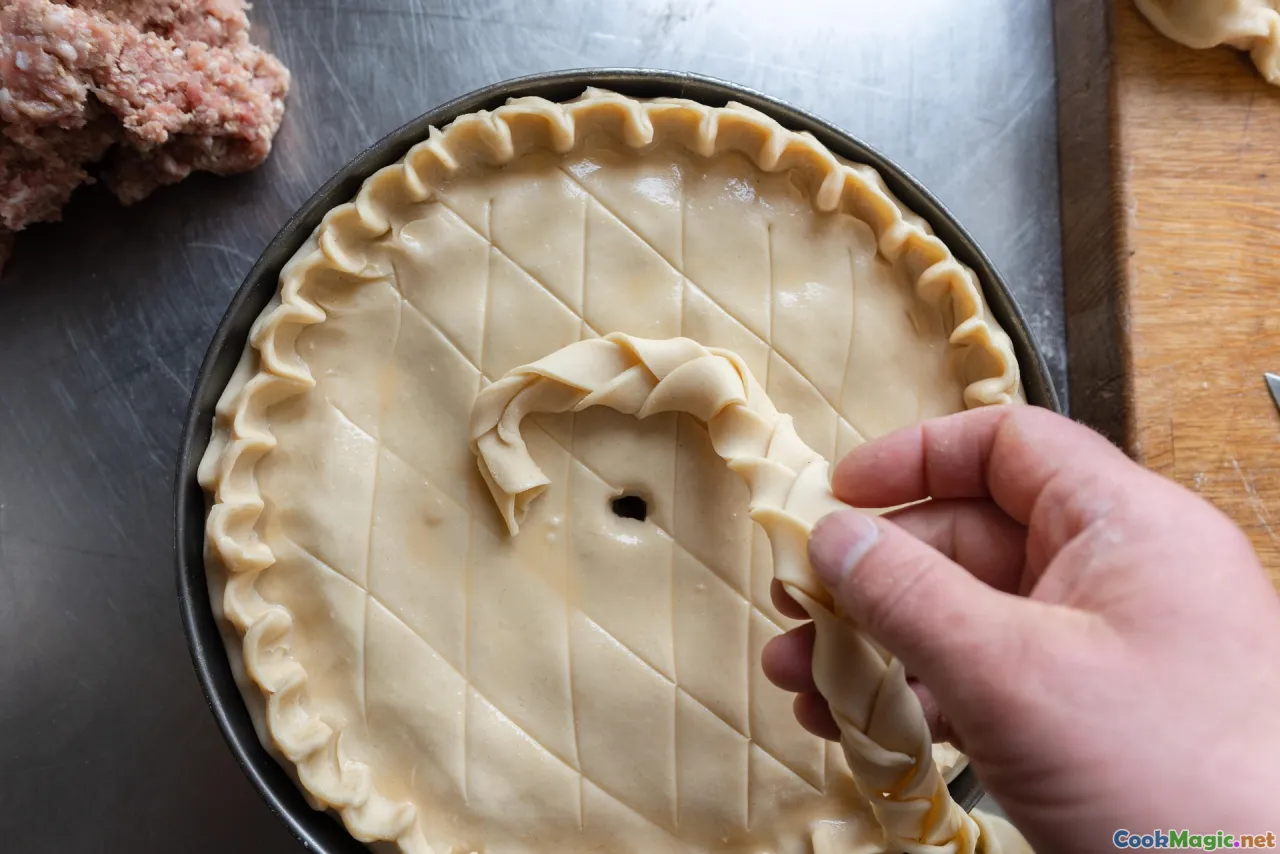
Even seasoned cooks face hurdles:
- Cracked or tough dough: Let it rest longer, and avoid overworking during rolling.
- Filling leaks: Ensure proper sealing; keep filling cooled.
- Uneven cooking: Maintain consistent frying oil temperature; avoid overcrowding.
- Soggy crust: Drain excess oil thoroughly; consider baking for a crisper result.
Remember, patter and patience are key—every mistake is a step towards mastering the craft.
Through embracing tradition, honing your technique, and paying attention to detail, you can craft Colombian empanadas that evoke the same warmth and authenticity found in small-town markets or bustling city streets. Each crispy, flavorful bite connects you to a rich cultural heritage—a delicious testament to Colombia’s vibrant culinary spirit. Share your creations with pride, and let every empanada tell a story—a story of flavor, family, and passion.
Enjoy your journey into the heart of Colombia, one perfect empanada at a time.









